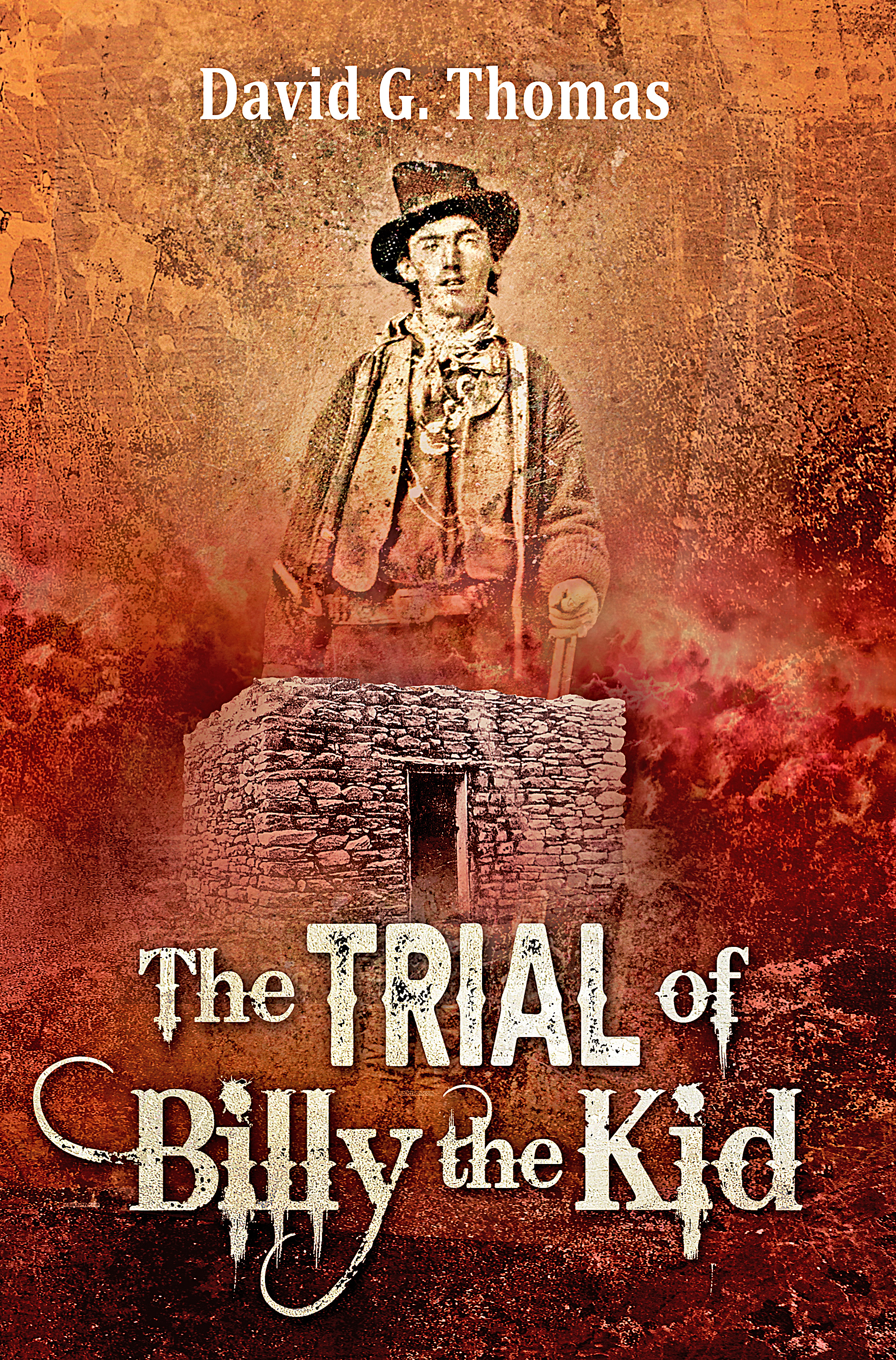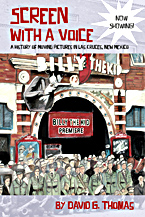Archive for November, 2015
Tuesday, November 24th, 2015
New Book on Las Cruces History
Screen With A Voice – A History of Moving Pictures in Las Cruces, New Mexico
 The first projected moving pictures were shown in Las Cruces 110 years ago. Who exhibited those movies? What movies were shown? Since projected moving pictures were invented in 1896, why did it take ten years for the first movie exhibition to reach Las Cruces? Who opened the first theater in town? Where was it located? These questions began the history of moving pictures in Las Cruces, and they are answered in this book. But so are the events and stories that follow.
The first projected moving pictures were shown in Las Cruces 110 years ago. Who exhibited those movies? What movies were shown? Since projected moving pictures were invented in 1896, why did it take ten years for the first movie exhibition to reach Las Cruces? Who opened the first theater in town? Where was it located? These questions began the history of moving pictures in Las Cruces, and they are answered in this book. But so are the events and stories that follow.
First movie shown in Las Cruces
First theater in Las Cruces
First talkie shown in Las Cruces
Invention of drive-in theater in Las Cruces
Opening of Rio Grande Theater
Impact of Great Depression on business
Raffle of six-week-old baby girl at Mission Theater
World premiere of first BILLY THE KID movie
Second world premiere of a BILLY THE KID movie
Arrival of Organ, Rocket, Fiesta, and Aggie Drive-Ins
Shooting of Clint Eastwood’s HANG ‘EM HIGH
There have been 21 movie theaters in Las Cruces – all but three or four are forgotten. They are unremembered no longer. And one, especially, the Airdome Theater which opened in 1914, deserves to be known by all movie historians – it was an automobile drive-in theater, the invention of the concept, two decades before movie history declares the drive-in was invented.
To supplement this history are 102 photos and illustrations. These include ephemeral documents such as the 4-page flyer for Las Cruces’ third movie exhibition, at the Rink Theater; historic photos of theaters; aerial photos of drive-ins; and never-before-published photos of the shooting of HANG ‘EM HIGH.
Winner 2017 Pasajero Del Camino Real Award for best history book on Southern New Mexico.
Cover: Depicts the 1930 world premiere of BILLY THE KID, starring John Mack Brown as Billy, at the Rio Grande Theater in Las Cruces.
See also:
HANG ‘EM HIGH
Rio Grande Theatre
Rio Grande Theatre – More History
Wednesday, November 11th, 2015
The Arizona Cowboy
The word usage “cowboy” was not widespread in the press until it began to be used to describe the “cowboys” of Arizona. Although the word was always associated with cattle wrangling, during the late 1870s and early 1880s, cattle wranglers who were willing to cross the line to robbery and rustling began to formally self-describe themselves as “cowboys,” which was picked up by the Western press. In Arizona, they often wore red bandanas as an informal mark of membership. Johnny Ringo, before his suicide, was often referred to as the “King of the Cowboys.”
The Arizona Cowboy
“…The cowboy is a cross between a vaquero and a highwayman, which intensifies the worst qualities of each type. He is given to drink and to quarreling. He is hostile, on general principles, to everybody more civilized than himself. He detests ‘boiled shirts’ and ‘plug’ hats, and he will do the incautious wearers of those garments whatever injury he may. He is a thief as well as a murderer, and thinks nothing of stopping stages and stealing cattle.”
“As the cowboys are numerous, it is to be feared that they will oppose a prolonged and measurably successful resistance to the spasmodic raids upon them, and that they will render life on the frontier equally exciting and precarious for some time to come. The status they occupy in the general scheme of American civilization may be shown by an illustration When, in the West Indies, the sugar cane is being cut, it is the practice to leave a patch of cane in the middle of the field. The reason is that as the cutting proceeds all the venomous reptiles that inhabit the cane retire before the hands until they reach the center. Thus, there is a little patch which at last becomes full of them, and that patch is set on fire and burned. Now the cowboys are the venomous creatures which have been driven from both sides towards this patch of country by the advance of civilization, and when their habitat is reached it is naturally found to be very disagreeable. They will have to make way for settlement and honest industry, however, even if the last man among them dies in his boots.”
The Daily Record-Union, June 17, 1881
See Also:
Death of Johnny Ringo – King of the Cowboys
Shootout at the O. K. Corral — 133 Years Ago Today







